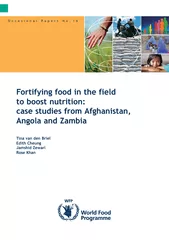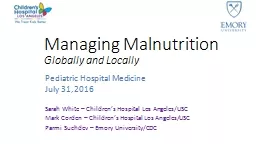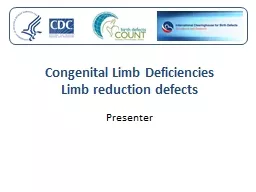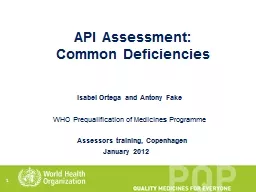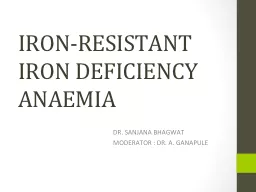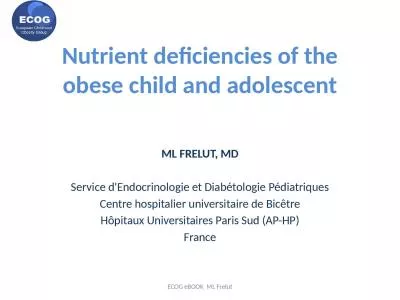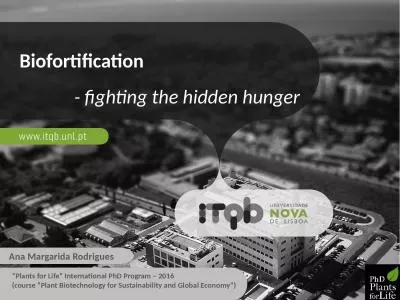PDF-ccording to the World Health Organization(WHO), deficiencies in iron,
Author : test | Published Date : 2015-07-24
mineral premix provided by UNICEF thisproject has overcome many of the difficultiescommon in countries emerging from conflict toprovide monthly fortified maize rations
Presentation Embed Code
Download Presentation
Download Presentation The PPT/PDF document "ccording to the World Health Organizatio..." is the property of its rightful owner. Permission is granted to download and print the materials on this website for personal, non-commercial use only, and to display it on your personal computer provided you do not modify the materials and that you retain all copyright notices contained in the materials. By downloading content from our website, you accept the terms of this agreement.
ccording to the World Health Organization(WHO), deficiencies in iron,: Transcript
Download Rules Of Document
"ccording to the World Health Organization(WHO), deficiencies in iron,"The content belongs to its owner. You may download and print it for personal use, without modification, and keep all copyright notices. By downloading, you agree to these terms.
Related Documents

